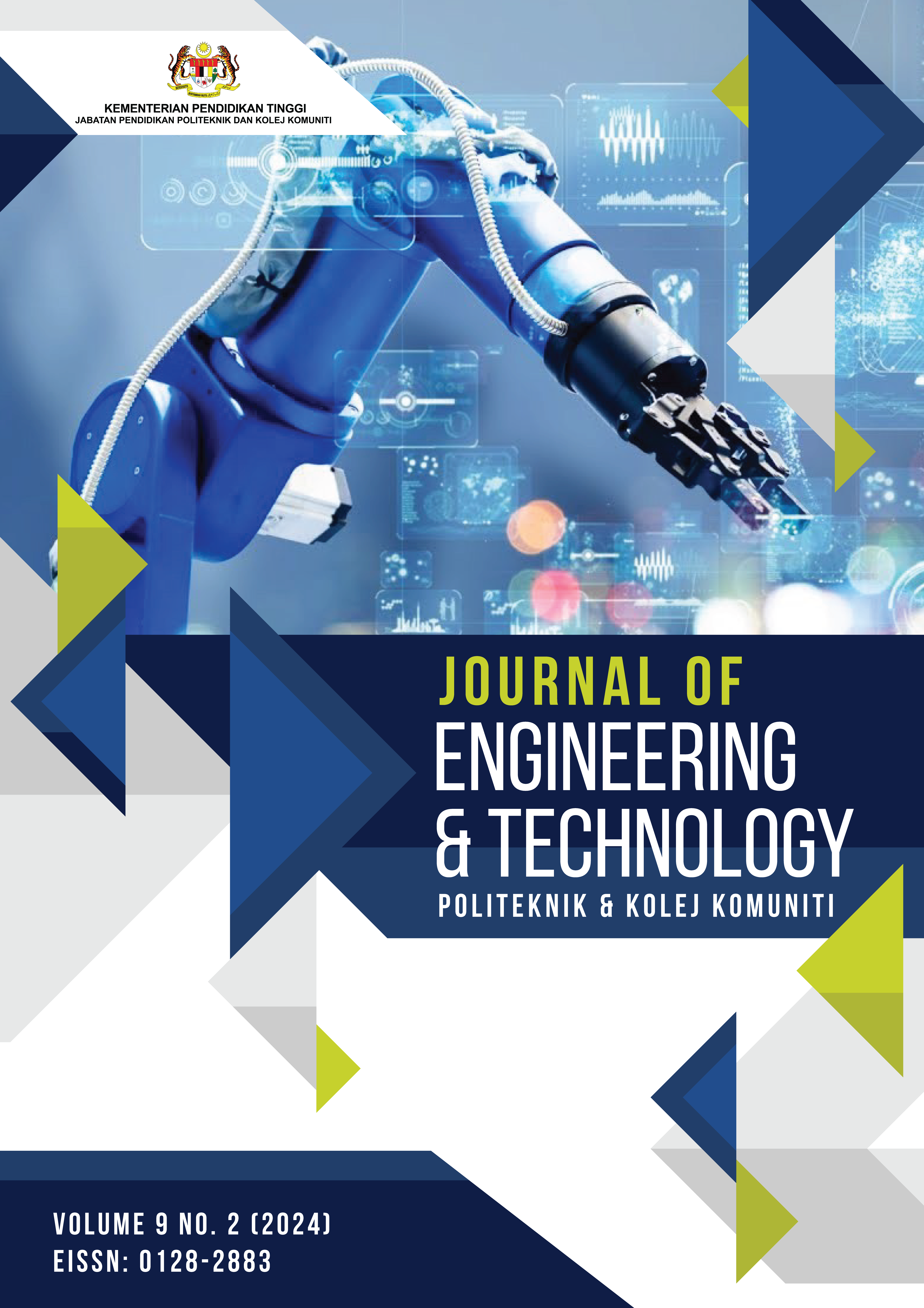Optimising Energy Consumption in Educational Facilities: A Case Study on Energy Conservation Practices in Malaysia
Keywords:
Carbon Emission Reduction, Electricity Optimisation, Energy Conservation Practices, Energy Efficiency, SustainabilityAbstract
As environmental sustainability and energy consumption become growing concerns, educational institutions are increasingly implementing energy-saving practices to reduce their environmental impact. In Malaysia, the government’s commitment to improving energy efficiency and reducing carbon emissions provides an ideal context for investigating energy conservation in educational facilities. However, many buildings still experience high energy consumption, leading to increased operational costs and environmental impact, underscoring the need for targeted energy-saving initiatives. This study investigates campus energy optimisation in a Malaysian educational facility, evaluating the impact of energy conservation practices on consumption, costs, and carbon emissions. The methodology consists of four stages: energy audits, implementation of energy-saving measures (ESMs), measurement and verification (M&V) of energy savings, and data analysis. Several important interventions include retrofitting lighting systems, optimising HVAC operations, and installing voltage optimisation units. Results of this study showed a 13.26% reduction in energy consumption, a 13.50% decrease in energy costs, and a reduction of 38,660.35 kg of CO₂ emissions per month. These findings highlight the effectiveness of ESMs in reducing energy consumption and environmental impact. By analysing the impact of these ESMs on energy consumption and costs, the study provides valuable insights that can serve as a model for other educational institutions seeking to improve energy efficiency and reduce their environmental impact. The findings suggest continuous monitoring and integration of renewable energy solutions could optimise campus energy use. This research underscores the potential for long-term sustainability by adopting energy-saving technologies and practices that reduce operational costs and carbon footprints. Ultimately, the study offers a replicable framework for educational institutions aiming to enhance energy performance and contribute to broader environmental sustainability goals.
Downloads
Published
How to Cite
Issue
Section
License
Copyright (c) 2024 Politeknik & Kolej Komuniti Journal of Engineering and Technology

This work is licensed under a Creative Commons Attribution-NonCommercial-NoDerivatives 4.0 International License.







